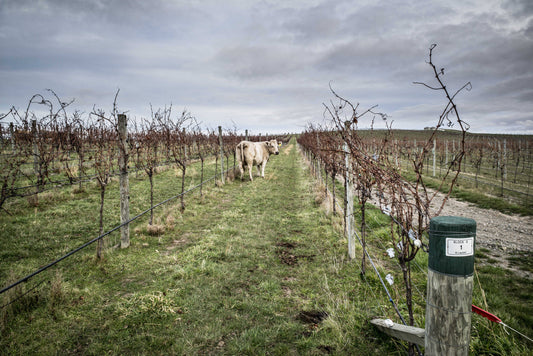| On February 2nd 1990, the 331st anniversary – to the day – of the first grape harvest in South Africa, President F W de Klerk announced the imminent release of Nelson Mandela after 27 years in prison. The news heralded South Africa’s slow transition from international pariah to player in the modern world.
For most of the 1980s South Africa had been in enforced isolation, its international trade conducted through intermediaries adept at concealing the origin of the goods they insinuated into world markets. With no prospect of achieving any real return on their crop, the Cape’s grape growers abandoned any attempt at focusing on quality. Truth be told, for many of them quality had never been an important consideration: for most of the 20th century a state-sponsored system managed the perennial wine surpluses. As sanctions began to bite in the 1980s it simply took over the wine lake. Producers continued to deliver their grapes to the nearest cooperative, cranking up their yields to maintain their income in the face of falling prices.
In 1994, when Nelson Mandela became South Africa’s first democratically elected president, the tide turned pretty much overnight: traders from around the world now wanted Cape wine in seemingly insatiable quantities. South Africa’s official wine exports trebled between 1991 and 1995. By 2000 it had doubled again. Growers started planting more fashionable varieties, a new generation in the cellars began making better wines, marketing specialists focused on more appealing packaging.
The profile of the industry had also begun to change: when Mandela was released from prison there were approximately 200 wineries in South Africa, 70 of which were large cooperatives. By 2000 the number had doubled as smaller, more craft-oriented operations entered the trade. In 2010 just under 600 cellars crushed a million litres of juice and roughly 25% of the country's wine production was exported. By 2015 exports accounted for almost half of South Africa's wine production.
However, in the midst of this seemingly remarkable success story, an ominous pattern began to emerge. In 1990, 4,900 growers farmed 99,000 hectares, obtaining a yield of just over one million tons of wine grapes. In 2015 – 25 years later – the number of growers had fallen to 3,145. The area under grape vines had dropped to 95,000 hectares - but the yield had increased by almost 50% to 1.477 million tons.
Export prices, set when sanctions were lifted and based on the very average quality of what was being produced at the end of the 20th century, had not risen in line with higher production prices. The Cape was getting great reviews from the world’s leading critics, but the supermarkets were still selling the vast majority of what they listed from South Africa at prices which were disappointingly close to what they had been in 1995.
To meet these price points the industry migrated to the sun-drenched, water-rich irrigation lands far to the north. There, mechanically farmed yields of 20–30 tons per hectare are ‘normal’. Costs in the traditional regions around Cape Town - Stellenbosch, Paarl, Constantia and the Swartland – are typically twice as high, while yields are 75% lower.
In the two decades since the new millennium, an average of 10 hectares of vineyard per week are mothballed or converted to fruit or cash crops. Every month five grape growers abandon the industry. Today a mere 2,700 of them remain: the national vineyard hovers around 90,000 hectares. However, because of the increase in plantings in the riverland sites, the national crop continues to grow. Unfortunately, the high potential vineyard area is now in precipitate decline. In a curious corollary to the law of unintended consequences, the great boom in Cape wine may yet be the cause of its demise. | 


